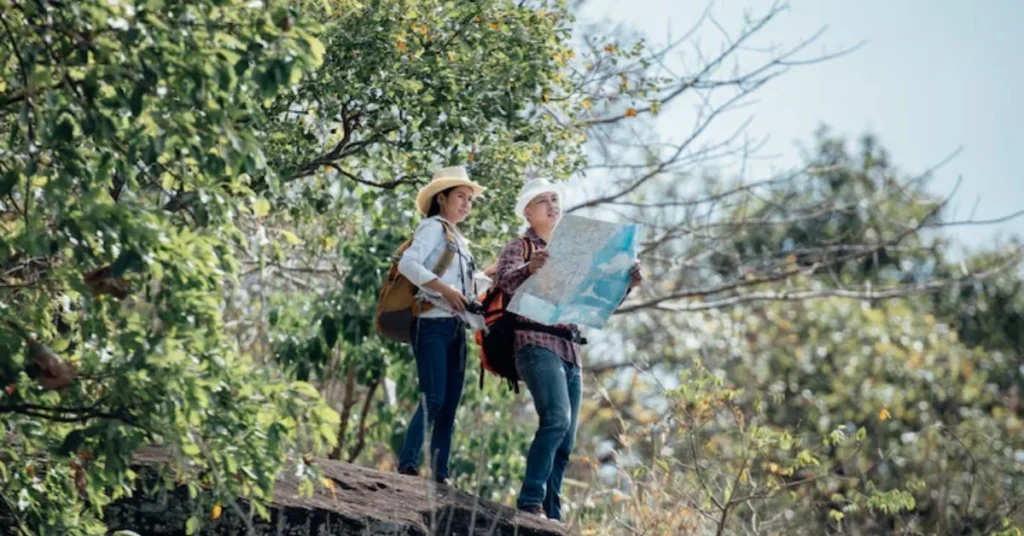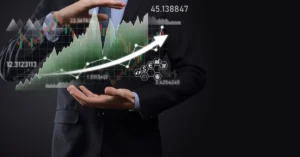In a time when the Earth is warming, oceans are rising, and biodiversity is vanishing at unprecedented rates, the power of stories—human stories—has emerged as a pivotal tool in the battle to save our planet. At the nexus of digital storytelling, community-based action, and environmental advocacy stands VoicesOfConservation.org, a platform that is helping redefine what conservation means in the 21st century.
While many environmental websites focus on data, policy briefs, and top-down scientific reports, VoicesOfConservation.org takes a different path: it centers human narratives. Fishermen in Kerala, forest guardians in the Amazon, rewilders in Scotland, and Indigenous leaders in the Arctic—these are the voices given a stage, and often a microphone, by this dynamic, globally connected, and locally grounded digital initiative.
This is not just another conservation website. It is a platform for listening, learning, and connecting communities who have lived with the land long before conservation was a formal science.
Origins: The Rise of Digital Environmental Storytelling
Launched in 2020 by a coalition of environmental journalists, Indigenous rights advocates, and digital media technologists, VoicesOfConservation.org was born from frustration and vision. The frustration stemmed from the dominant conservation narrative often erasing or simplifying the roles of frontline communities. The vision was to create a decentralized digital space where those most affected by environmental change could share their experiences in their own words.
Backed initially by crowdfunding and later supported by philanthropic environmental networks, the platform started as a simple blog. Today, it spans multimedia publications, research collaborations, activist toolkits, and educational programming that reaches hundreds of thousands across five continents.
What It Offers: Stories, Resources, and Networks
VoicesOfConservation.org functions as both a media outlet and a collaboration hub. Its architecture is designed to invite not only passive reading but active participation.
1. Field Diaries and Video Testimonies
At the heart of the site are the first-person accounts:
- A Sámi reindeer herder discussing the effects of Arctic warming on migration patterns.
- A Vietnamese mangrove farmer using traditional ecological knowledge to combat soil erosion.
- A Colombian youth activist creating radio shows to engage rural schoolchildren on deforestation.
Each story is supported by photography, interactive maps, and where possible, local-language subtitles or transcripts.
2. Thematic Story Circles
The site organizes its stories into thematic “story circles”:
- Land and Ancestry: Focused on traditional land guardianship and Indigenous cosmologies.
- Water and Rights: Addressing coastal life, river ecosystems, and legal battles over clean water.
- Climate Adaptation: Sharing lived experiments in farming, architecture, and microgrids responding to a changing climate.
- Youth and Futures: Documenting how younger generations blend activism with digital fluency and cultural heritage.
3. Digital Action Toolkit
Beyond storytelling, the site offers:
- Media training modules for citizen reporters
- Legal templates for conservation rights defense
- Fundraising guides for grassroots environmental campaigns
- Open-source data tools to track local ecological changes
This transforms VoicesOfConservation.org from a publication into a participatory infrastructure.
A New Definition of Expert
One of the site’s most radical (and necessary) interventions is in redefining who gets to be an “expert.” By amplifying the voices of Indigenous, rural, and frontline conservationists, it pushes back against the colonial legacy of conservation science.
It recognizes that a grandmother who has tracked tides for forty years may have insights more valuable than a GPS satellite.
This epistemological shift doesn’t reject science. Rather, it integrates lived experience with data, creating what the platform calls “relational ecology”—an approach to knowledge rooted in relationship, reciprocity, and local relevance.
Media Collaborations and Reach
VoicesOfConservation.org has partnered with:
- The Guardian’s environment desk on joint investigative reports
- Al Jazeera for a mini-documentary series
- National Geographic for bilingual story publishing
- Spotify Greenroom for live audio storytelling from field locations
Through these collaborations, stories that begin in small communities often travel the world, influencing policy debates, academic research, and new funding priorities for global environmental work.
Education and Curriculum Integration
In partnership with educators, the platform has developed:
- A global high school curriculum called “Earth Voices,” piloted in Kenya, the Philippines, and Canada
- An open-access university module on “Narrative and Environmental Justice”
- Workshops on digital archiving for conservation NGOs
These efforts build long-term storytelling capacity among the next generation of environmental leaders.

Case Studies of Impact
1. Protecting Sacred Forests in Madagascar
After community members used VoicesOfConservation.org to document illegal logging in a sacred grove, the footage helped secure a protective ordinance from local government, and drew national media attention to the issue.
2. Supporting River Defenders in the Amazon Basin
Story campaigns led to crowdfunding that helped install solar-powered water filtration systems in communities affected by illegal gold mining pollution.
3. Urban Youth Greening Campaign in Detroit
After a series of audio stories by high school students on urban heat islands, the city council earmarked funds for additional urban canopy programs.
Ethical Framework: Consent, Credit, Co-authorship
VoicesOfConservation.org has developed its own ethics charter, which includes:
- Full informed consent for all media recorded
- Shared copyright and earnings on multimedia productions
- Priority hiring of contributors from represented communities
This ensures that storytelling does not replicate the very extractive dynamics it seeks to dismantle.
Funding and Sustainability
As of 2024, the platform runs on a diversified funding model:
- Membership contributions with sliding-scale options
- Partnerships with conservation NGOs and media outlets
- Grants from digital rights and environmental justice foundations
It also offers consulting services on ethical digital engagement for nonprofits and academic institutions.
Challenges Ahead
The work is not without tensions:
- Security risks for contributors reporting from politically sensitive regions
- Balancing editorial quality with contributor autonomy
- Maintaining platform neutrality while taking moral stands on extractive industry
To navigate these, VoicesOfConservation.org has formed an independent editorial advisory board that includes journalists, community leaders, technologists, and ethicists.
Looking Forward: Growth with Integrity
Future initiatives in development include:
- A decentralized app for uploading field reports from low-bandwidth regions
- An audio series on endangered languages and ecosystems
- A “Green Pen” residency for environmental writers from underrepresented backgrounds
- Live storytelling festivals in partnership with UNESCO World Heritage Sites
The vision is to evolve without losing intimacy, remaining a platform that elevates community intelligence without turning it into mere content.
Final Thoughts: The Politics of Listening
VoicesOfConservation.org is not just a website. It is a provocation. It asks who gets to define what nature is. Who gets to speak for it. And who gets heard.
In a time when solutions are often framed in technocratic or market terms, this platform offers something subtler but no less powerful: narrative legitimacy. It makes room for those who have long protected the planet, often without recognition or resources, to shape the future of conservation on their own terms.
The world doesn’t need more content. It needs more connection. VoicesOfConservation.org delivers that, one story at a time. And in doing so, it reminds us that saving the Earth isn’t just a technical challenge. It’s a storytelling one too.
For more information, click here.









